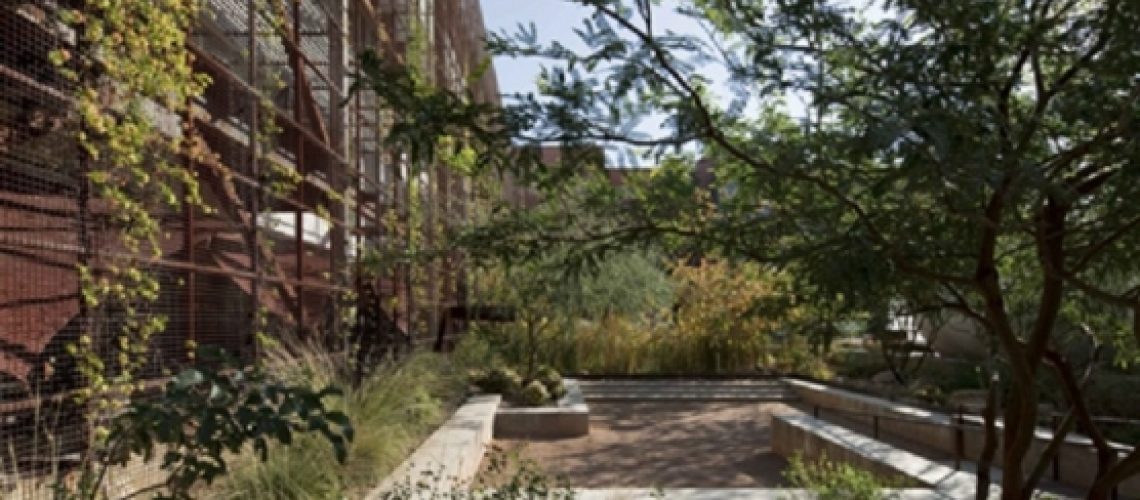The Watershed Improvement Council reached another milestone in August with the completion of the revised Watershed Improvement Plan (WIP). The revised WIP, known as WIP 2.0, contains recommendations for watershed improvements and projects that will help improve the quality of Prescott’s waterways. Because local water quality issues are linked to urban and developed land uses in the Upper Granite Creek Watershed, the majority of solutions prescribed in the document focus on upgrading degraded stormwater and sewer infrastructure, as well as retrofitting the landscape to allow for more green spaces and vegetation that mimic natural hydrology by filtering and absorbing stormwater, i.e. ‘green infrastructure'(GI).
GI practices are the result of a paradigm shift from viewing stormwater as a waste product to viewing it as a valuable resource, especially in the water-scarce Southwest. GI techniques create native-vegetated landscapes that require little supplemental irrigation, recharge groundwater supplies, reduce peak flows and flooding, and beautify communities by providing green spaces in the midst of the urban environment. These features distribute the processing of stormwater throughout neighborhoods and urban areas rather than direct the stormwater straight to local creeks or into large-scale BMPs. They reduce the burden on existing grey infrastructure, require minimal maintenance, and have a lower lifecycle cost than many conventional stormwater or flood control Best Management Practices (BMPs).
While GI might be new to Prescott, it has been embraced around the country as a tool to deal with water pollution in a cost-effective way. It is not a “silver bullet,” nor is it a substitute for grey infrastructure, but it is a option to address the stormwater and pollution affecting our local creeks and lakes. Even more promising is that cities around the U.S. are implementing GI programs with much success. An article published in August in the Christian Science Monitor highlights cities that are using this innovative tool and why it makes sense ecologically and financially. The WIC is looking to implement a GI project in Prescott as a demonstration of how this tool performs in our watershed. Stay tuned for more information on the project in the coming months.

